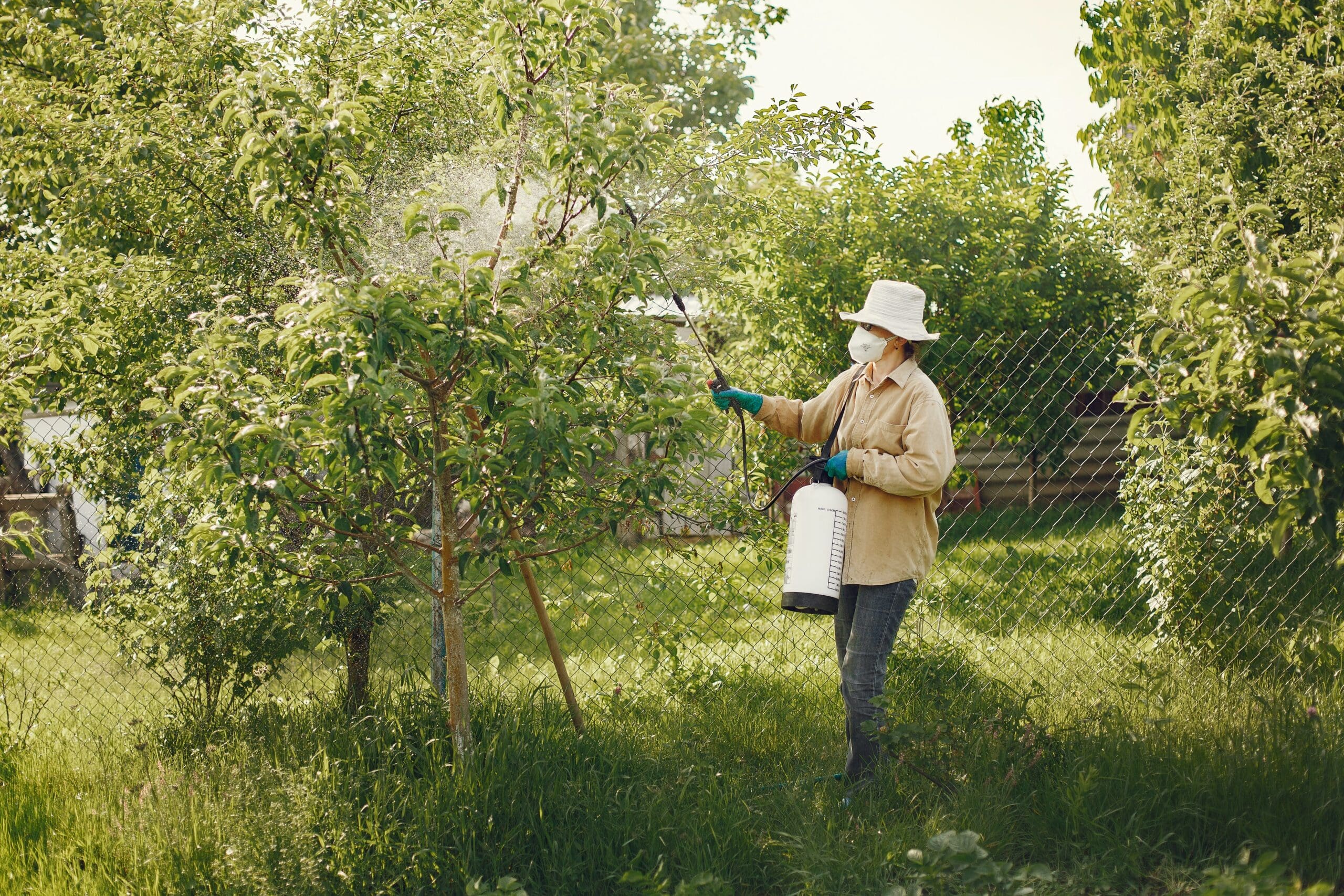
On March 23rd from 8 AM to 2PM, the University of Florida Institute of Food and Agricultural Sciences (UF/IFAS) and the College of Medicine will conduct a clinic where farmworkers can get tested for chronic diseases and participate in a safety training. This clinic will be held in conjunction with a UF/IFAS Extension agricultural employee safety training at the Turner Agri-Civic Center in Arcadia, FL. Topics included in this safety training...
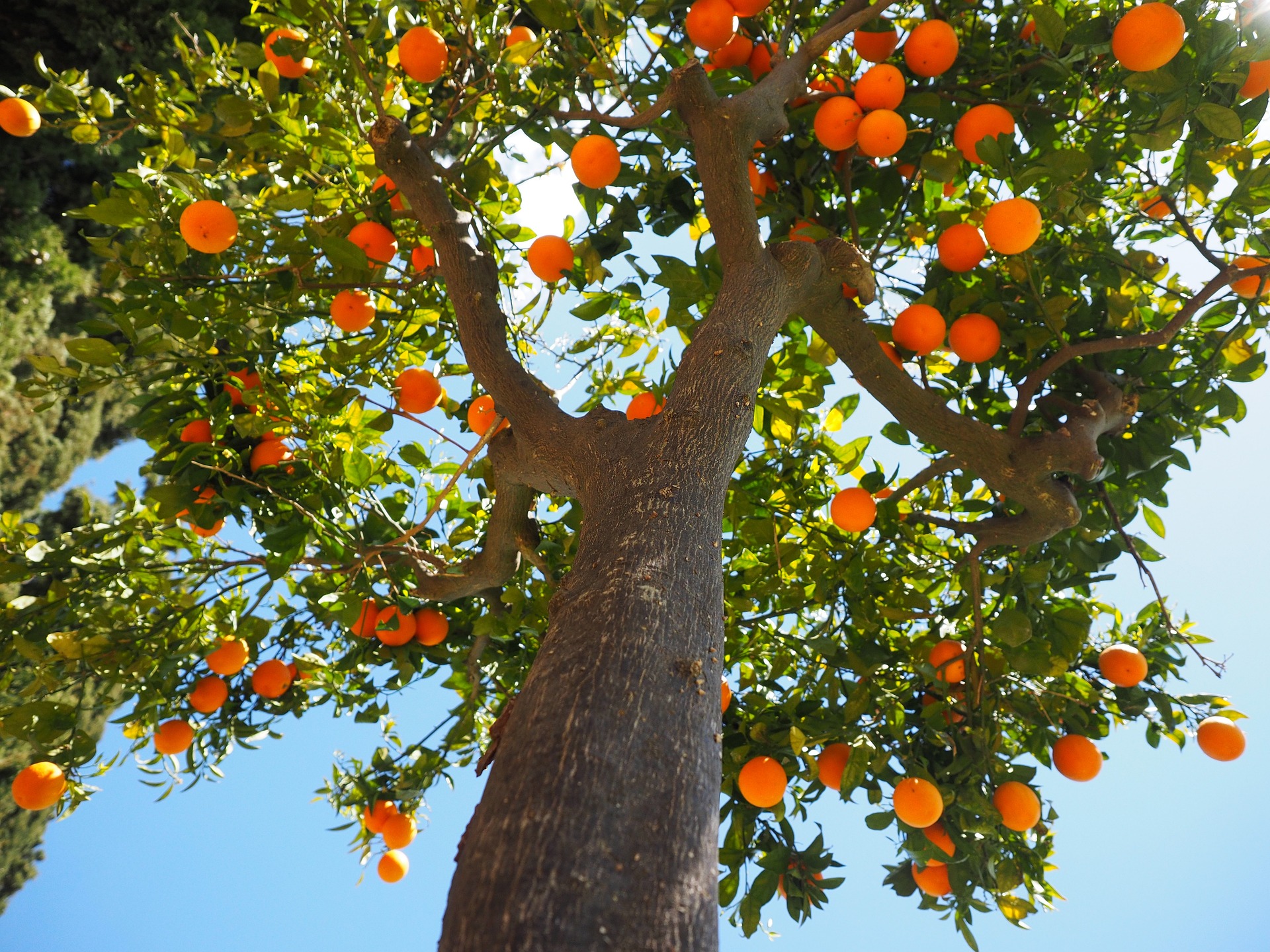
A new study published by HortScience was conducted by the University of Florida Institute of Food and Agricultural Sciences (UF/IFAS) researchers. The information found in this study will help growers select better-performing rootstocks with the ongoing HLB conditions. Out of the six rootstocks that were experimented on, it was found that A+Volk x Orange 19-11-8 had the highest nutrient uptake.
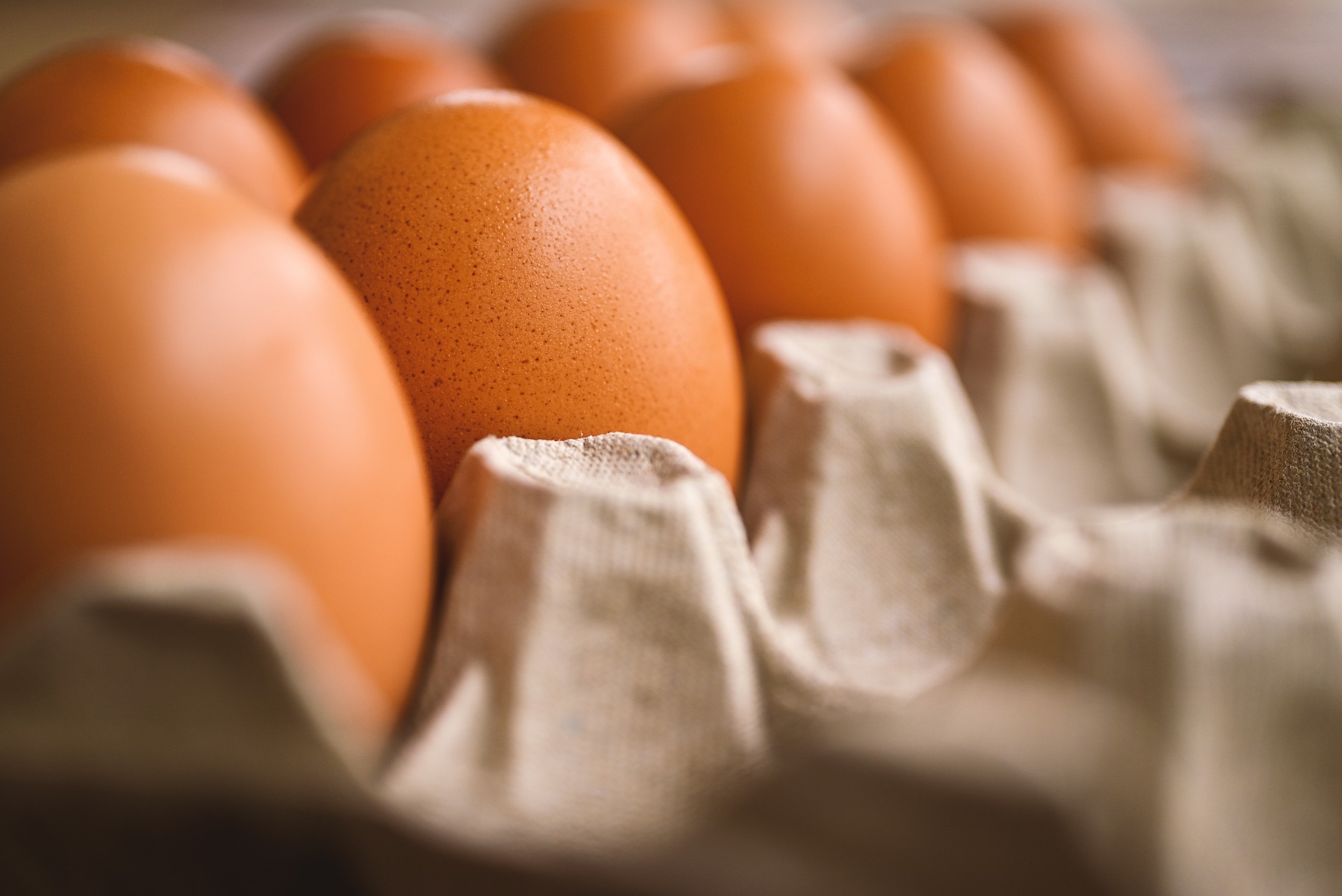
The United Egg Association and United Egg Producers funded studies that show the transition to cage-free increases costs and reduces profits on egg farms. This transition can be costly for the producer and the consumer, and approximately 55% of consumers are price driven when it comes to eggs and they do not discriminate between cage and cage-free eggs. Also, cage-free eggs have higher costs and more labor requirements.
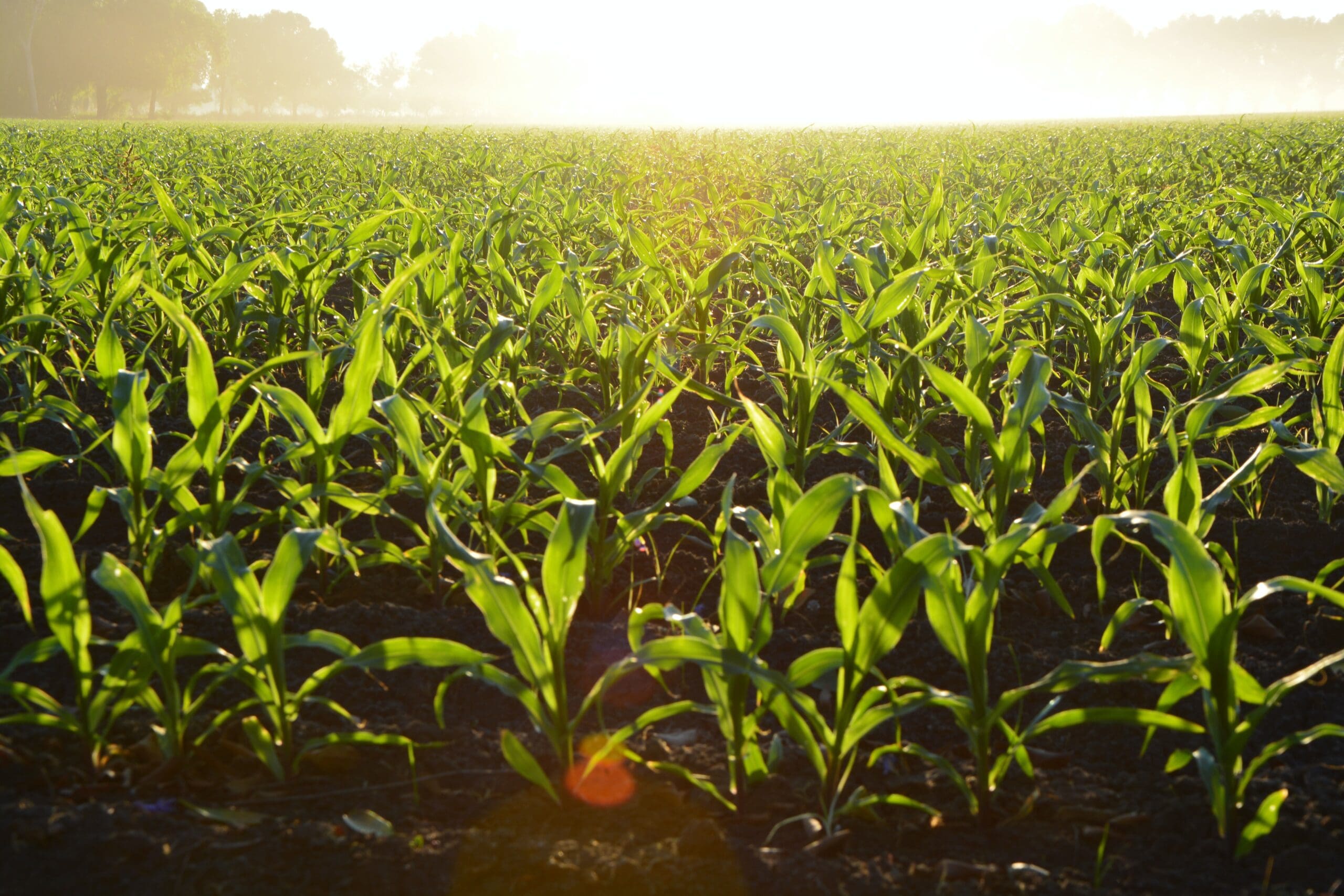
The 4 R's of fertilizer application are the RIGHT fertilizer source, the RIGHT rate, the RIGHT time and the RIGHT place for the crop. Using these practices is key to maintaining Best Management Practices (BMP's) so we can achieve environmental, social and economic sustainability of commercial crop production. While each of the 4 R's has its own considerations, they must be used together for best results.

Florida's agriculture industry is already struggling to compete against foreign imports and invasive pests, and there are 1,000 people moving to Florida each day, which is taking up viable land that could be used for agriculture. Farmers in Florida are not only asked to be the grower, but also the harvester, manufacturer and retailer, and bamboo could benefit the farmer by allowing them to do what they do best.
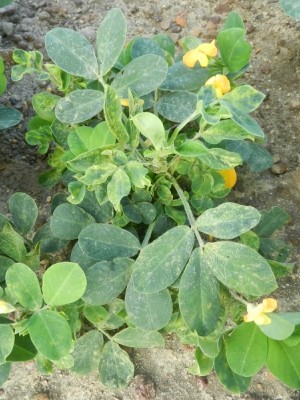
TSWV stands for tomato spotted wilt virus, which is a serious disease that can spread to 35 different plant families. This year, the virus has spread into the peanut crop and has made some serious economic impacts. Scott Montfort, University of Georgia (UGA Cooperative Extension peanut agronomist, said, "We have gotten somewhat complacent about what we do. We are planting in April and planting a third of the crop in April. That pushes that risk...

The United States Department of Agriculture (USDA) Natural Resources Conservation Service (NRCS) is telling agricultural landowners to protect their land with conservation easements. By putting land into conservation easements, the landowner is protecting their eligible grazing land and restoring wetlands on eligible land. The deadline to apply in Florida ends today!
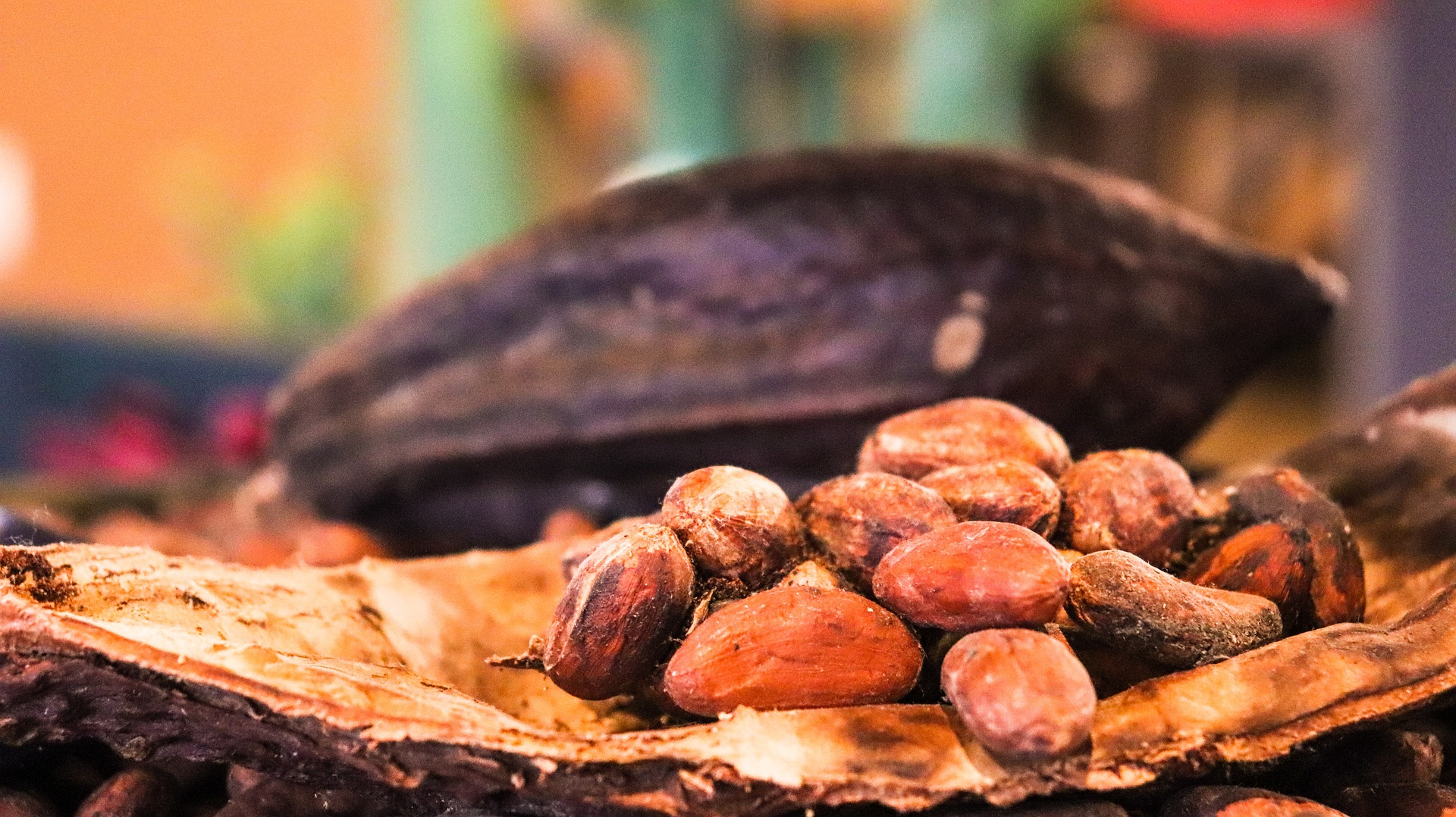
Cocoa and chocolate come from the cacao tree and its beans, but these products are harvested in 2 different ways, and they contain different components. Cocoa contains fewer calories, so it is listed as the healthier product, while chocolate is high in fat and sugar. The market for these products has grown with the market value jumping from $46.4 billion in 2021 to $69.1 billion in 2022.

A new online certificate program oriented towards growers, consultants, suppliers and regulators has been launched by the University of Florida Institue of Food and Agricultural Sciences (UF/IFAS). The Fertilizer Science and Technology certificate program is an online program that can be completed at the student's pace. The program requires three courses to be completed, and one three-credit elective. Once completed, the certificate can be...
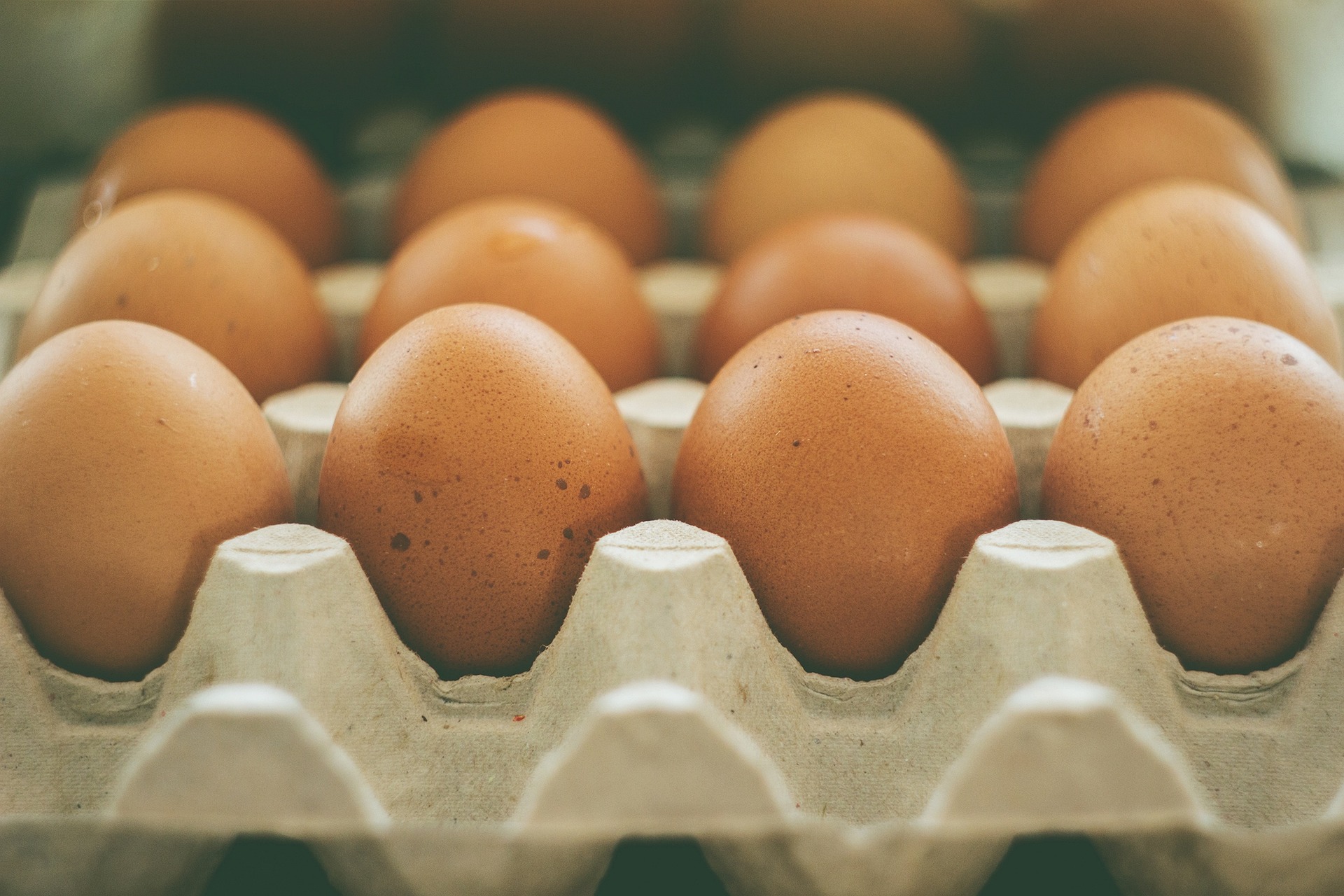
As we look back on 2022, many changes and memories come to mind, one of these changes being the price of a dozen eggs in the grocery store. According to the Bureau of Labor Statistics, in 2021, the price of a dozen Grade A eggs was $1.82, while in 2022, this price jumped to $3.60. Two factors are causing this jump in price, one being the rising cost of chicken feed, but the main culprit is highly pathogenic avian influenza.










